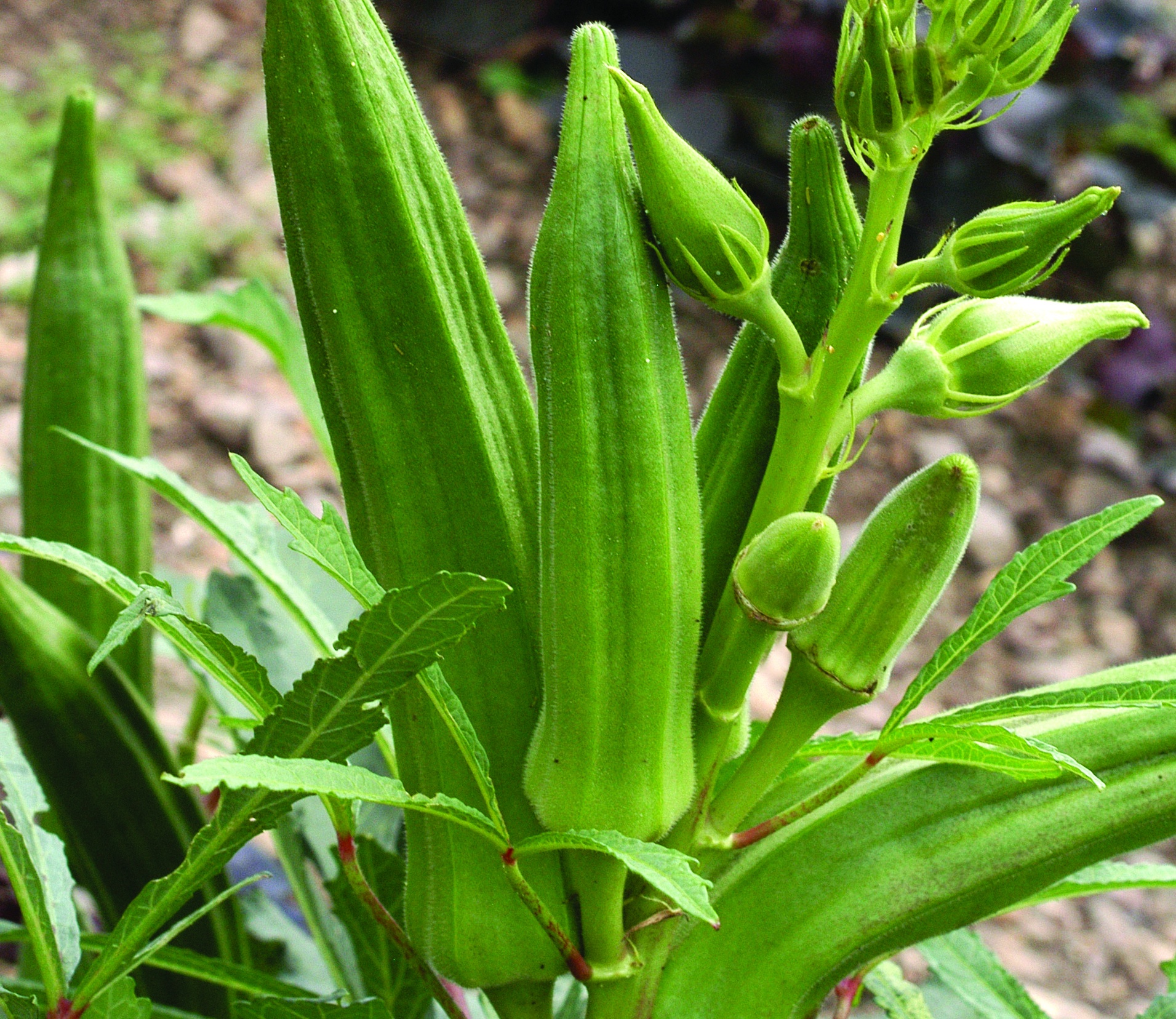Unveiling the Lady Finger Palm Plant: Embark on a captivating journey into the realm of botany as we delve into the distinctive attributes, cultivation practices, and multifaceted uses of this captivating plant.
With its graceful silhouette and intriguing growth patterns, the Lady Finger Palm plant stands as a testament to the wonders of nature. Its resilience and adaptability make it a sought-after choice for both indoor and outdoor enthusiasts, promising to add a touch of elegance to any setting.
Lady Finger Palm Plant Characteristics

The Lady Finger Palm (Rhapis excelsa) is a popular indoor palm that is prized for its elegant appearance and low-maintenance nature. This species of palm is characterized by its:
Size and Shape, Lady finger palm plant
- Small to medium size, typically growing to a height of 3-6 feet (0.9-1.8 meters) and a width of 2-4 feet (0.6-1.2 meters).
- Compact, upright growth habit with a clump-forming structure.
Leaf Structure
- Palmate leaves, meaning they have multiple leaflets radiating from a central point.
- Leaflets are long and narrow, resembling fingers, giving the plant its common name.
- Leaves are deep green in color with a glossy sheen.
Growth Patterns
- Slow to moderate growth rate.
- Tolerates low light conditions, making it suitable for indoor environments.
- Prefers well-drained soil and moderate watering.
Hardiness Zones and Adaptations
- Hardy in USDA hardiness zones 9-11.
- Can tolerate temperatures as low as 30°F (-1.1°C) for short periods.
- Adaptable to a wide range of growing conditions, including partial shade or full sun.
Lady Finger Palm Plant Care and Cultivation

The Lady Finger Palm plant, with its graceful fronds and elegant appearance, requires specific care and cultivation practices to thrive. Understanding its optimal soil conditions, watering schedule, and fertilization needs is essential for its health and longevity. Proper pruning, repotting, and propagation techniques further contribute to its well-being, while effective pest and disease control measures safeguard it from potential threats.
Soil Requirements
The Lady Finger Palm plant prefers well-drained soil that is rich in organic matter. A mixture of potting soil, perlite, and peat moss provides the ideal balance of drainage, aeration, and nutrient retention. The soil pH should be slightly acidic, ranging from 5.5 to 6.5.
Watering Schedule
Lady Finger Palm plants require regular watering, but it’s important to avoid overwatering. Allow the soil to dry out slightly between waterings, and then water deeply until water drains from the bottom of the pot. During the growing season, water more frequently, about once a week. In winter, reduce watering to once every two to three weeks.
Fertilization Needs
Fertilize the Lady Finger Palm plant monthly during the growing season with a balanced liquid fertilizer. Dilute the fertilizer to half strength and apply it to the soil around the base of the plant. Avoid overfertilizing, as this can lead to nutrient burn.
Pruning
Remove any dead or damaged fronds as needed to maintain the plant’s health and appearance. Use sharp, clean shears to make clean cuts. Avoid pruning too many fronds at once, as this can stress the plant.
Repotting
Repot the Lady Finger Palm plant every two to three years or when it becomes rootbound. Choose a pot that is slightly larger than the current one, with drainage holes at the bottom. Use fresh potting mix and gently loosen the roots before repotting.
Propagation
Propagate the Lady Finger Palm plant by dividing the clump or by planting suckers that form around the base of the plant. Divide the clump carefully, ensuring each division has healthy roots. Plant suckers directly into the soil and keep them moist until they establish themselves.
Pest and Disease Control
Lady Finger Palm plants are generally resistant to pests and diseases. However, they can be susceptible to mealybugs, spider mites, and scale. Treat infestations promptly with an insecticidal soap or horticultural oil. Avoid using harsh chemicals, as they can damage the plant’s fronds.
Lady Finger Palm Plant Uses and Benefits

The Lady Finger Palm plant offers various ornamental and potential medicinal uses. Its graceful appearance and adaptability make it a popular choice for landscaping and interior design. Additionally, traditional practices attribute certain medicinal properties to the plant.
Ornamental Uses
- Landscaping: Lady Finger Palm plants are often used in landscaping due to their elegant appearance and ability to thrive in various climates. They are commonly planted in gardens, parks, and along pathways, creating a tropical ambiance.
- Interior Design: These palms are also popular for interior decoration. Their compact size and air-purifying qualities make them suitable for homes, offices, and public spaces, adding a touch of greenery and improving air quality.
Potential Medicinal Properties
Traditional medicine has used the Lady Finger Palm plant for various ailments. Some studies suggest potential medicinal properties, including:
- Anti-inflammatory: Extracts from the plant have shown anti-inflammatory effects, potentially beneficial for conditions like arthritis and skin inflammation.
- Antioxidant: The plant contains antioxidants that may help protect cells from damage caused by free radicals.
- Antimicrobial: Some studies indicate that extracts from the Lady Finger Palm plant may have antimicrobial properties, potentially effective against certain bacteria and fungi.
Harvesting and Processing
To harvest the Lady Finger Palm plant for medicinal or ornamental purposes, the following steps can be followed:
- Harvesting: The leaves and stems of the plant can be harvested when they are fully mature. Avoid harvesting from young or damaged plants.
- Processing: The harvested leaves and stems can be dried and ground into a powder for medicinal use. For ornamental purposes, they can be used fresh or dried.
Note that it is essential to consult a qualified healthcare professional before using the Lady Finger Palm plant for medicinal purposes, as self-medication can be dangerous.
